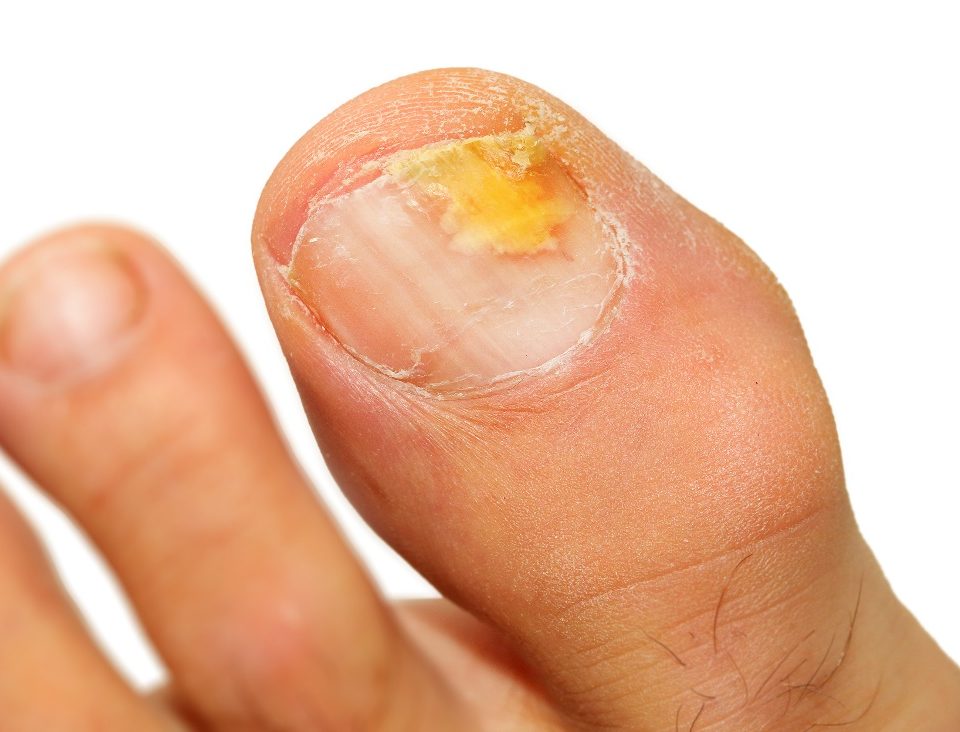Hammer Toe is a Deformity of the Toes

Seek Timely Help from a Podiatrist for Recurring Foot Conditions
June 6, 2023
Why do I still have bunion pain? Do I need surgery?
June 6, 2023Hammer toe is a deformity of the toes, most commonly affecting the second, third, or fourth toe. In this condition, the affected toe bends or curls downward at the middle joint, resembling a hammer. Hammer toe can cause pain and discomfort, as well as difficulty with walking and wearing certain types of shoes.
Here are some key points about hammer toe:
- Causes: Hammer toe can be caused by several factors, including muscle imbalances, wearing ill-fitting shoes (especially those with a narrow toe box or high heels), foot injuries, arthritis, or genetic predisposition.
- Symptoms: The most common symptom of hammer toe is the abnormal bending or curling of the affected toe at the middle joint. Other symptoms may include pain, swelling, redness, corns or calluses on the top of the toe or the ball of the foot, and difficulty straightening the toe.
- Types: There are two main types of hammer toe: flexible hammer toe and rigid hammer toe. In a flexible hammer toe, the affected toe can still be manually straightened, whereas a rigid hammer toe is fixed in its bent position and cannot be straightened.
- Treatment: Treatment options for hammer toe depend on the severity of the condition and the associated symptoms. Non-surgical treatment may include wearing properly fitting shoes with a roomy toe box, using padding or splints to relieve pressure, performing toe exercises and stretches, using orthotic devices, and taking pain medications. In more severe cases or if conservative measures fail to provide relief, surgery may be considered to correct the deformity.
- Prevention: To help prevent hammer toe, it’s important to wear comfortable shoes that provide enough space for the toes to move freely. Avoid narrow or pointed shoes and high heels that squeeze the toes together. Maintaining foot and toe flexibility through regular stretching exercises and wearing supportive footwear can also help reduce the risk of developing hammer toe.
If you are experiencing pain or suspect you have hammer toe, it is recommended to consult with a healthcare professional, such as a podiatrist, who can provide a proper diagnosis and recommend appropriate treatment options based on your specific situation.



